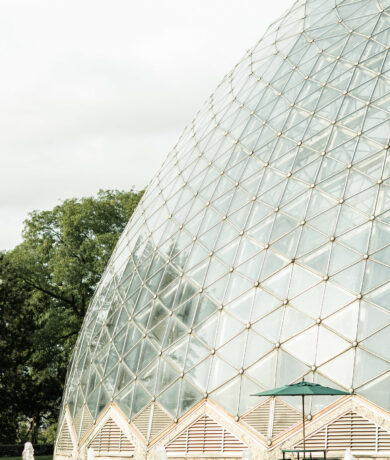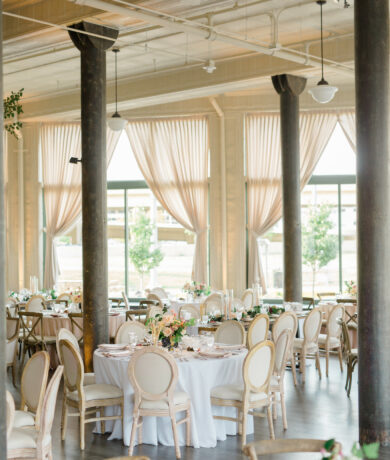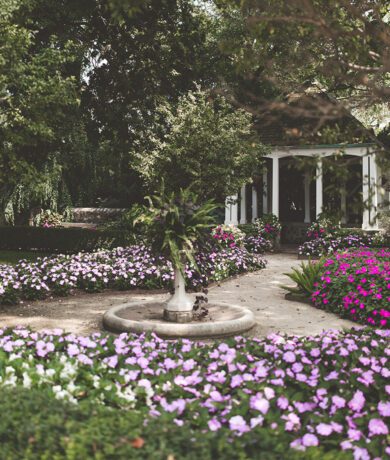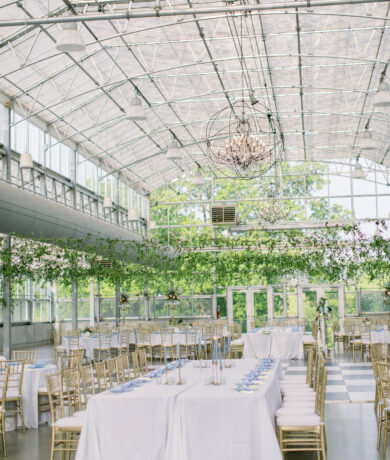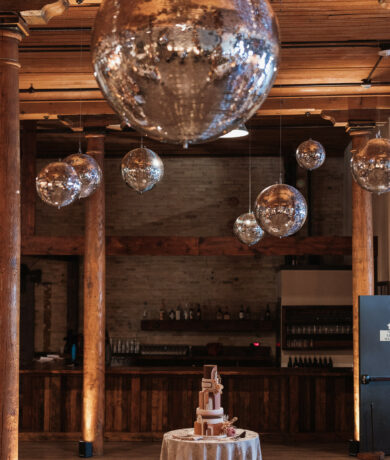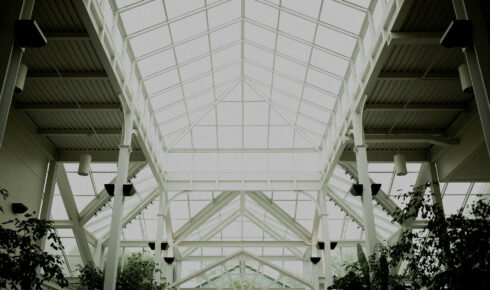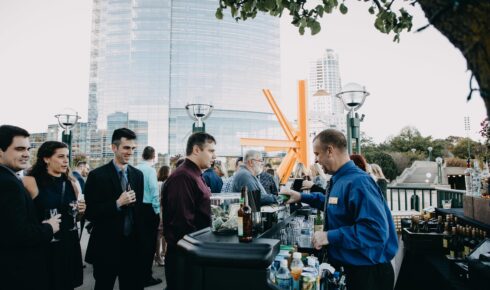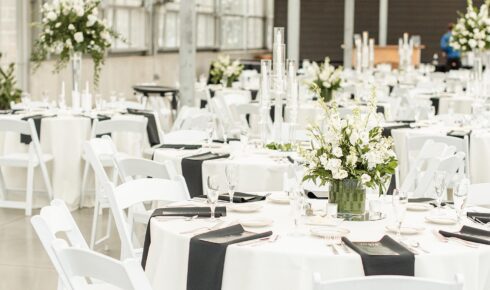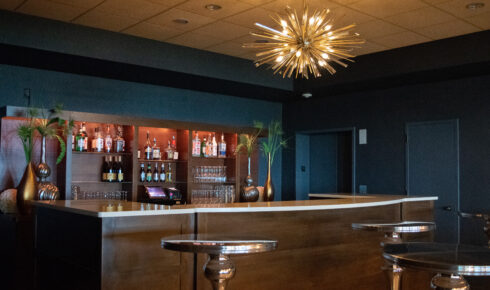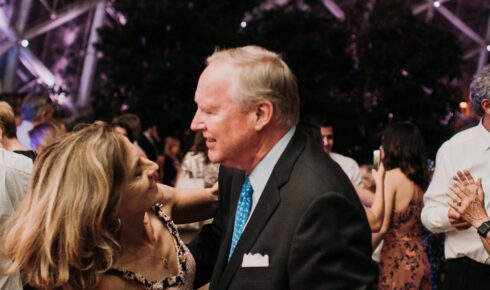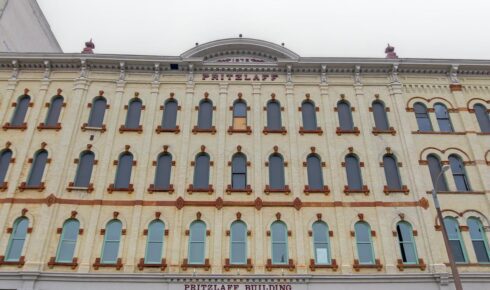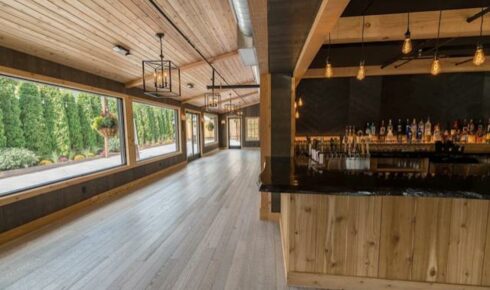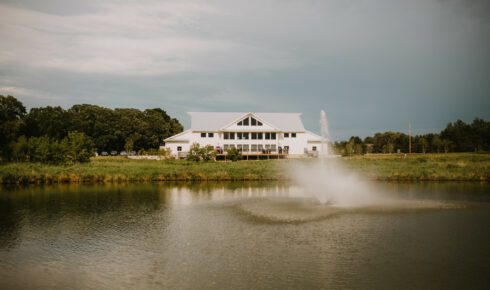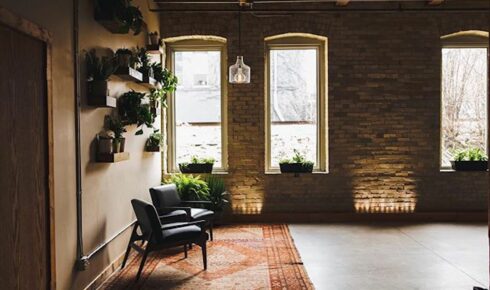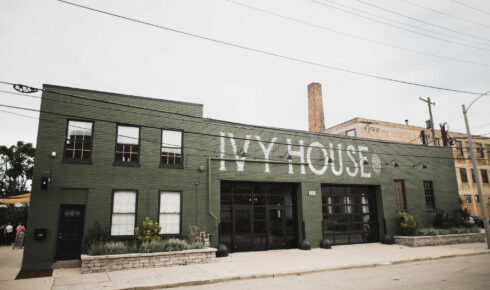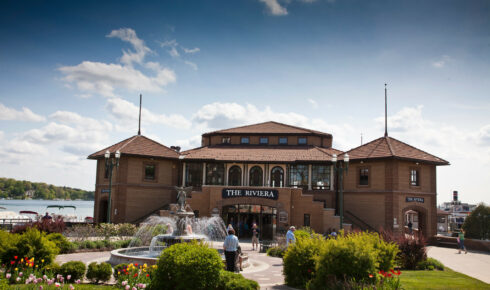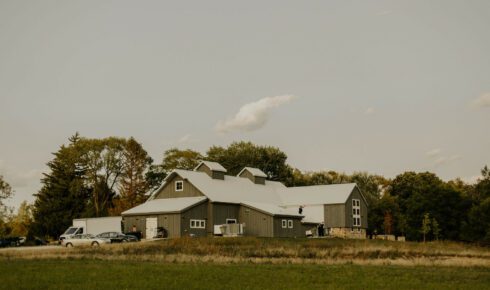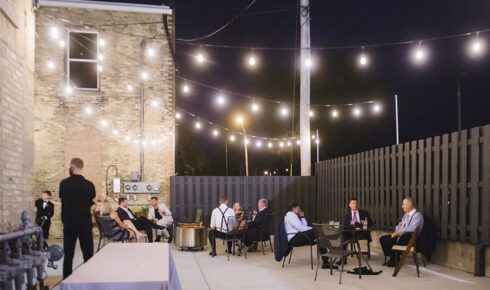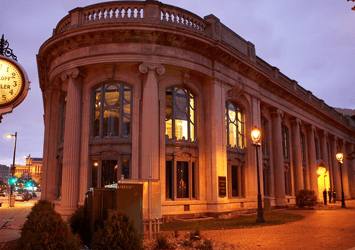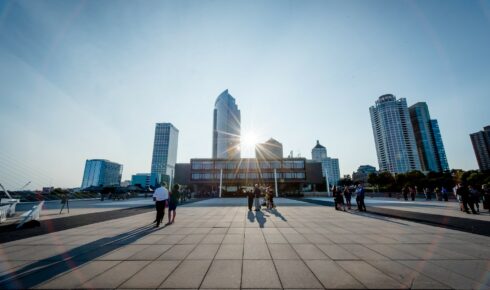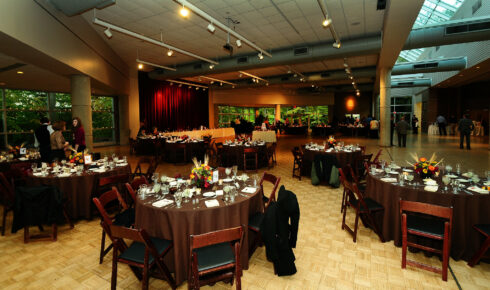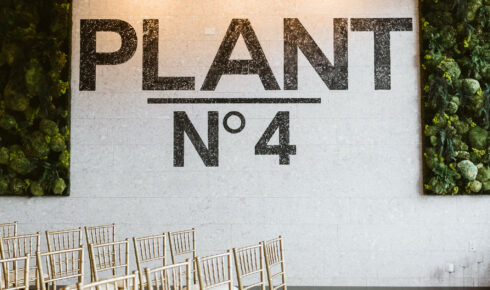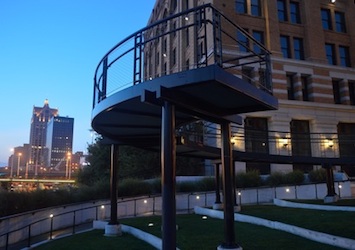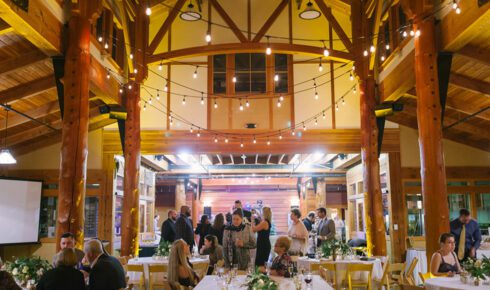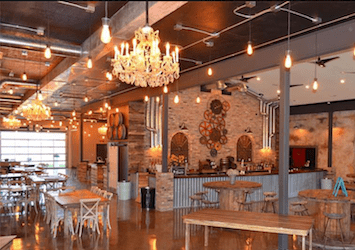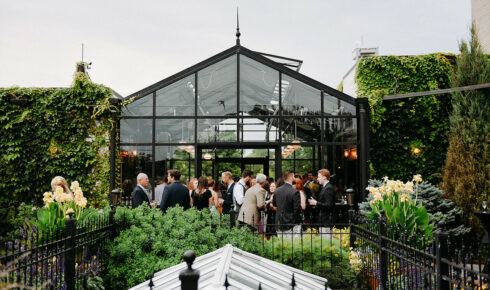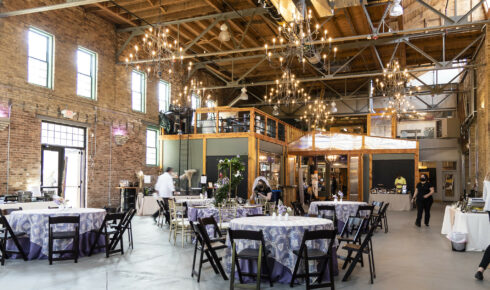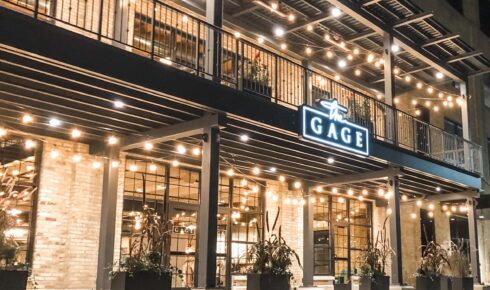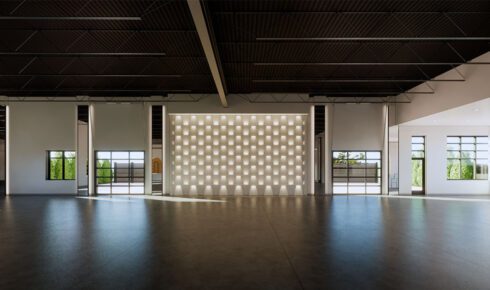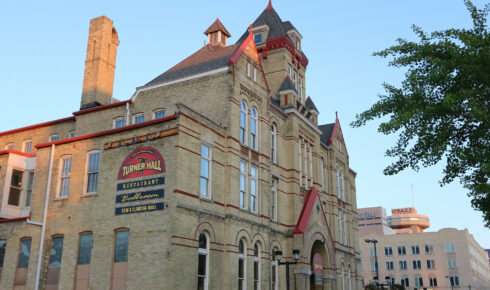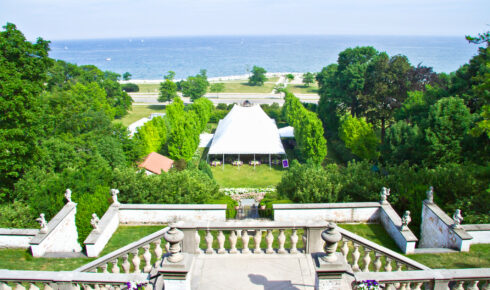Find your Milwaukee wedding venue.
Find your Milwaukee event venue.
Check out our event designer’s curated list of the best Milwaukee event & wedding venues.
Explore all of our favorite
Milwaukee venues.
Natural, floral, spacious, bright, industrial, modern, rustic… What’s your style? Our event designers have picked out their favorite Milwaukee event and wedding venues for every style. Explore our top picks below
Top Picks
Make it easy. These exclusive Zilli venues include all-inclusive pricing with venue rental, creative catering, event design, and lots more.
-

Boerner Botanical Gardens
Up to 400 • $$$ • Hales Corners
Breathtaking in every season, the Boerner Botanical Gardens offers immersive natural landscapes just 15 minutes from downtown.See inside -

Coast
Up to 400 • $$ • Milwaukee Downtown
With a front-row seat to the unique architecture of the Milwaukee Art Museum, there’s no other venue quite like Coast.See inside -
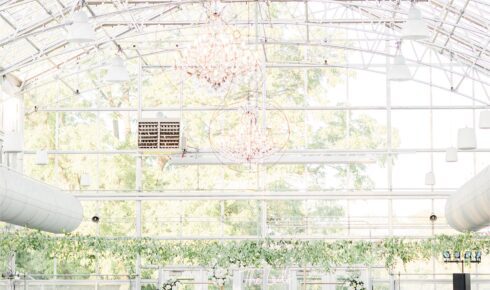
Greenhouse No. 7
400+ • $$ • Milwaukee
Experience a one-of-a-kind stunning glasshouse spanning over 15,000 square feet.See inside -
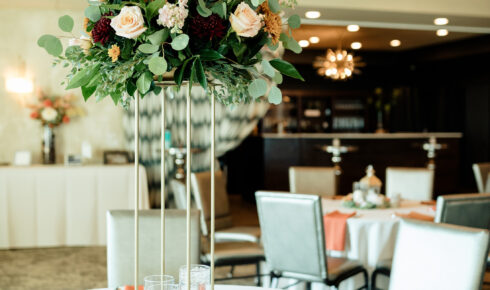
Miller Room
Up to 400 • $$ • Milwaukee Downtown
Miller Room is the perfect combination of lakeside views and downtown energy.See inside -
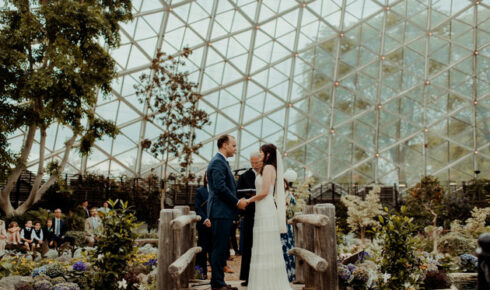
Mitchell Park Domes
400+ • $$ • Milwaukee
Experience 360° of pure Wisconsin sky at under the glass of the Mitchell Park Conservatory Domes.See inside -

The Historic Pritzlaff Building
400+ • $$$$ • Milwaukee Downtown
Old-world grandeur meets modern sophistication at Pritzlaff, with 28,000 square feet of space perfect for any celebration.See inside
Partner Venues
-
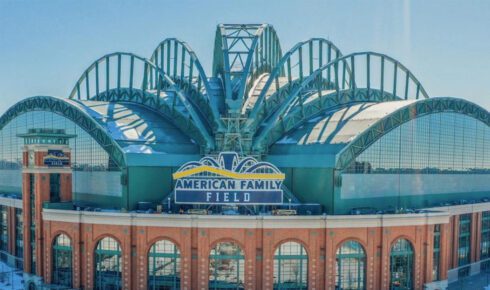
American Family Field
400+ • $$ • Milwaukee
Hit it out of the park with a truly unique way to celebrate a marriage that’s guaranteed fun your guests will always remember. -
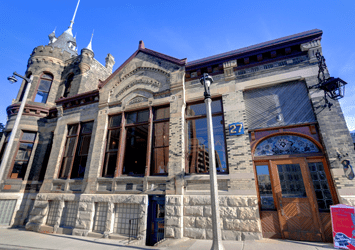
Best Place at the Historic Pabst Brewery
Up to 200 • $$$ • Milwaukee
A warm, inviting atmosphere with charming wood and stone interior portrays a charming and casual but refined vibe in Milwaukee. -
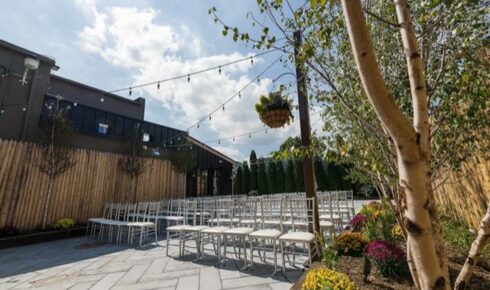
Birch
Up to 250 • $$ • Wauwatosa
Adjacent to Camp Tosa, Birch is an intimate ballroom with an expansive patio garden lined with string bulbs. -
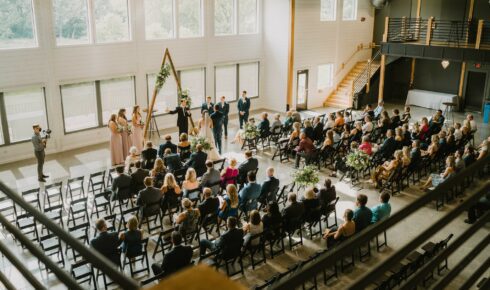
Fête
Up to 300 • $$$ • Wales
Enjoy a modern space and the charm of the 13 acre property of mature oak trees, minutes away from local restaurants and hotels. -

Filament
Up to 200 • $$ • Milwaukee
A modern, industrial venue in the Fifth Ward, unique qualities and small details make Filament a space for lasting memories. -
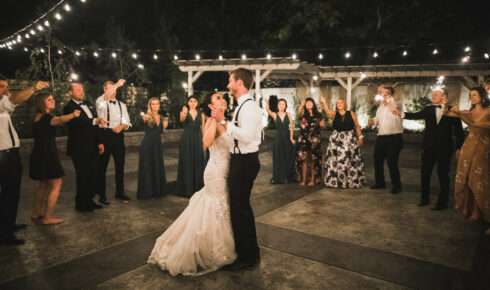
Ivy House
Up to 350 • $$ • Milwaukee Downtown
Discover a modern industrial botanical garden in Milwaukee’s Harbor View; the Ivy House has indoor charm with outdoor bliss. -
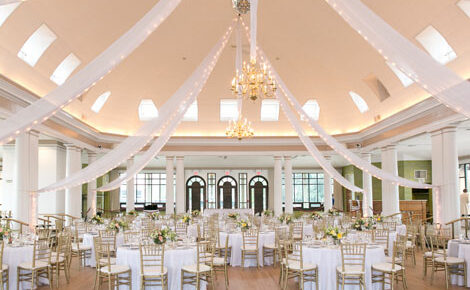
Lake Geneva Riviera Ballroom
Up to 400 • $$ • Lake Geneva
Enchanting atmosphere, picturesque environment, and classic décor, the Riviera Ballroom is an excellent venue for lakeside events. -
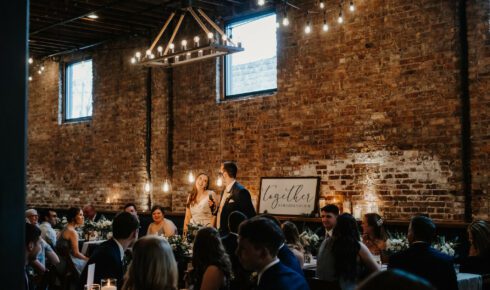
Mercantile Hall
Up to 250 • $$ • Burlington
A non-traditional venue in the heart of Burlington’s historic downtown, a beautiful setting that can have a variety of looks. -
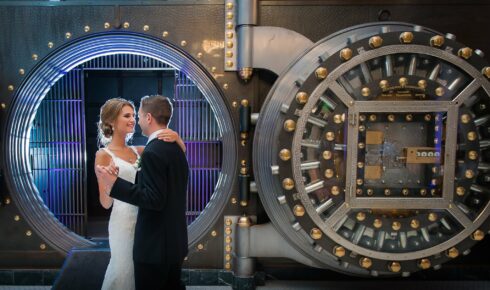
Milwaukee County Historical Society
Up to 200 • $$$$ • Milwaukee Downtown
Gilded carvings and grand columns accentuate the old-world charm of the Milwaukee County Historical Society. -
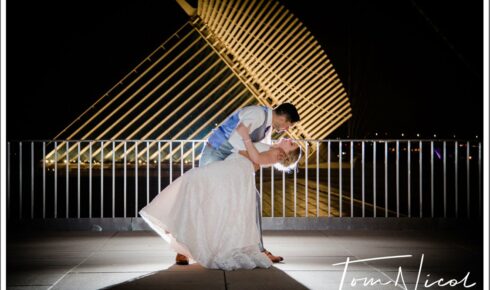
Milwaukee County War Memorial Center
Up to 400 • $$$ • Milwaukee Downtown
A breathtaking venue with modern sophistication and unparalleled views of Lake Michigan & the Milwaukee Art Museum. -
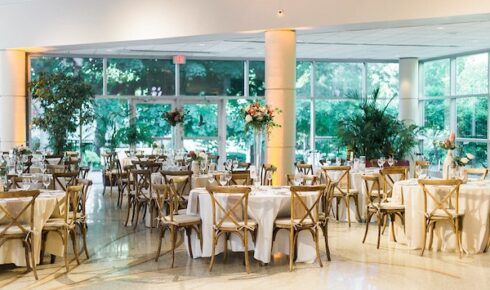
Milwaukee County Zoo
400+ • $$$ • Milwaukee
Experience something unique, a celebration among the animals! The Milwaukee Country Zoo is one wild place to tie the knot. -
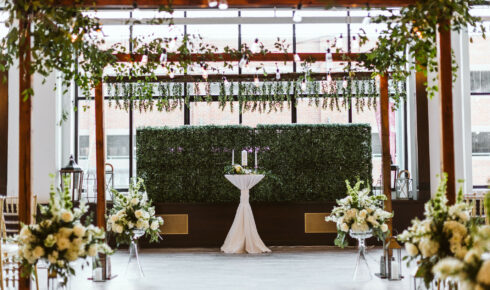
Plant No. 4
Up to 300 • $$ • Milwaukee Downtown
Experience vintage & salvaged décor and elegant industrial design in an experience unrivaled by other venues. -
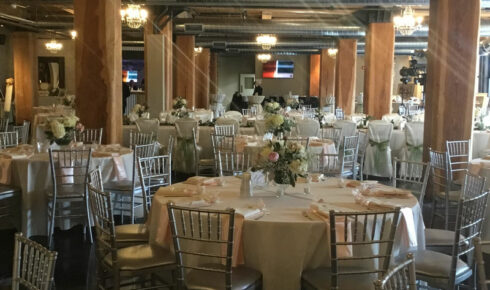
Riverwalk
Up to 400 • $$ • Milwaukee
Overlooking the scenic Milwaukee River in the Historic Third Ward of downtown Milwaukee, Riverwalk will take your breath away. -
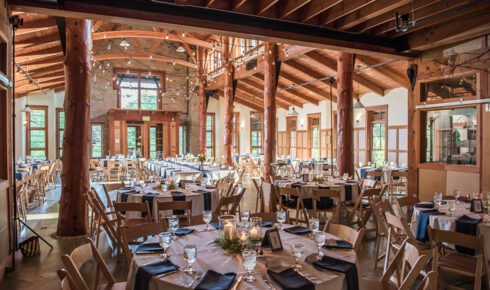
Schlitz Audubon Nature Center
Up to 200 • $$ • Bayside
Located within a 185-acre nature preserve, lush forests and expansive prairies provide a stunning backdrop for any event. -
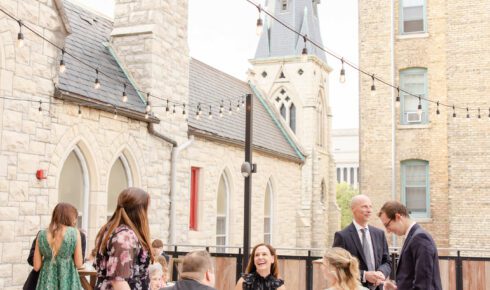
St. James 1868
Up to 300 • $$$ • Milwaukee Downtown
Located downtown, each of the two spaces at St. James 1968 boasts its own interpretation of updated European elegance. -

Story Hill FireHouse
Up to 150 • $$ • Milwaukee
A Historic 1927 Bungalow Style FireHouse with modern touches. -
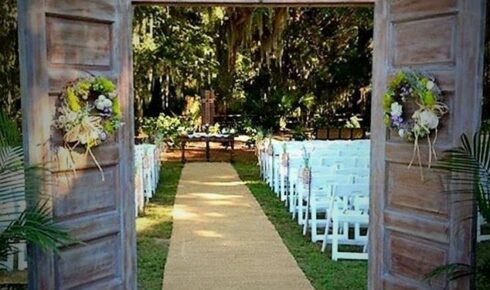
Terrace 167
Up to 400 • $$ • Richfield
Terrace 167’s natural elegance and rustic ambiance are the perfect setting for an event that’s uniquely your own. -

The Atrium
Up to 250 • $$ • Shorewood
An urban chic industrial space incorporating the elegance of beautiful modern touches, rustic wood, and gorgeous skylights. -
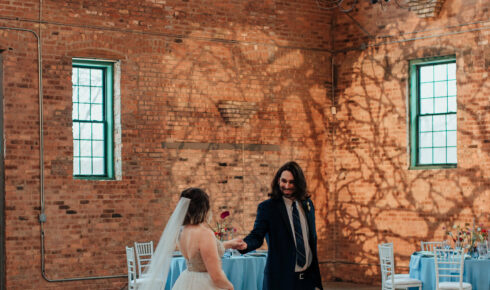
The Factory on Barclay
Up to 400 • $ • Milwaukee Downtown
Amid an eclectic mix of micro-breweries and restaurants, discover Harbor District’s industrial-chic venue, The Factory on Barclay. -

The Gage
Up to 300 • $$$$ • West Allis
An industrial space boasting cream city brick, Edison bulb chandeliers, picture-perfect backdrops, and a beautiful glass roof. -
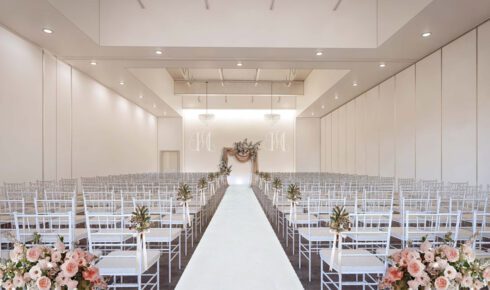
The Valerie
Up to 350 • $$ • Oconomowoc
Enjoy The Valerie, a sophisticated event and wedding venue located in the heart of Oconomowoc, Wisconsin. -
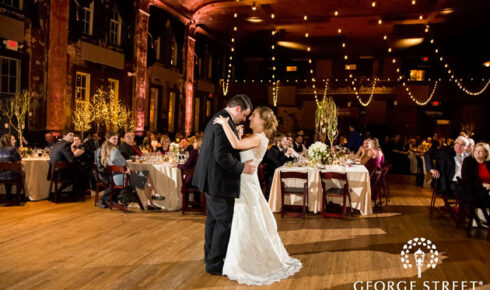
Turner Hall
400+ • $$$$ • Milwaukee Downtown
A historical and a national landmark, Turner Hall’s two-story ballroom’s décor balances classic & modern elements flawlessly. -
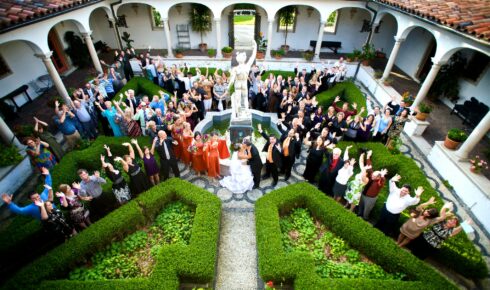
Villa Terrace
Up to 150 • $$$$ • Milwaukee
Enchant guests in tranquil magnificence; wide balconies, stunning gardens and incredible views captivate at the Villa Terrace.
No venues exist for this selection. Please choose a different filter.

